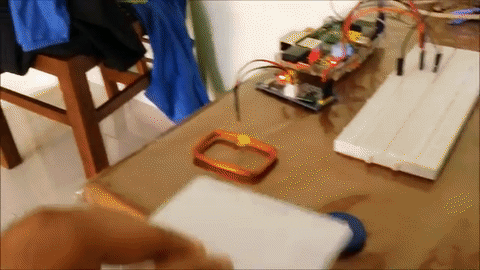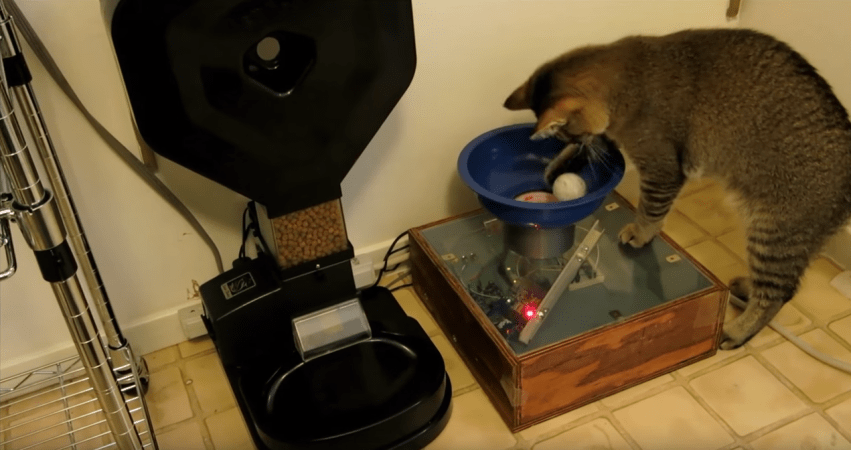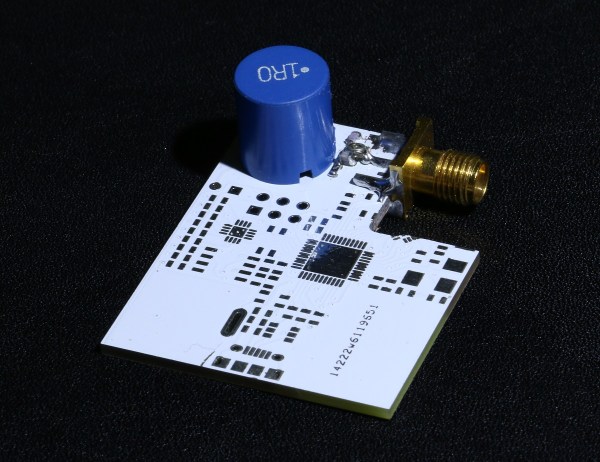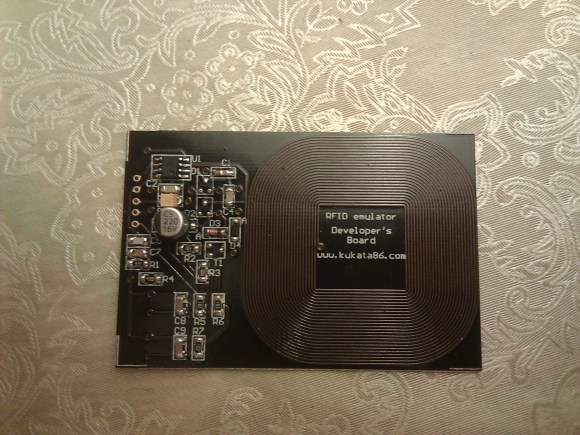When retro computing nostalgia meets modern wireless wizardry, you get a near-magical tap-to-load experience. It’ll turn your Commodore 64 into a console-like system, complete with physical game cards. Inspired by TapTo for MiSTer, this latest hack brings NFC magic to real hardware using the TeensyROM. It’s been out there for a while, but it might not have caught your attention as of yet. Developed by [Sensorium] and showcased by YouTuber [StatMat], this project is a tactile, techie love letter to the past.
At the heart of it is the TeensyROM cartridge, which – thanks to some clever firmware modding – now supports reading NFC tags. These are writable NTag215 cards storing the path to game files on the Teensy’s SD card. Tap a tag to the NFC reader, and the TeensyROM boots your game. No need to fumble with LOAD “*”,8,1. That’s not only cool, it’s convenient – especially for retro demo setups.
What truly sets this apart is the reintroduction of physical tokens. Each game lives on its own custom-designed card, styled after PC Engine HuCards or printed with holographic vinyl. It’s a tangible, collectible gimmick that echoes the golden days of floppies and cartridges – but with 2020s tech underneath. Watch it here.


















